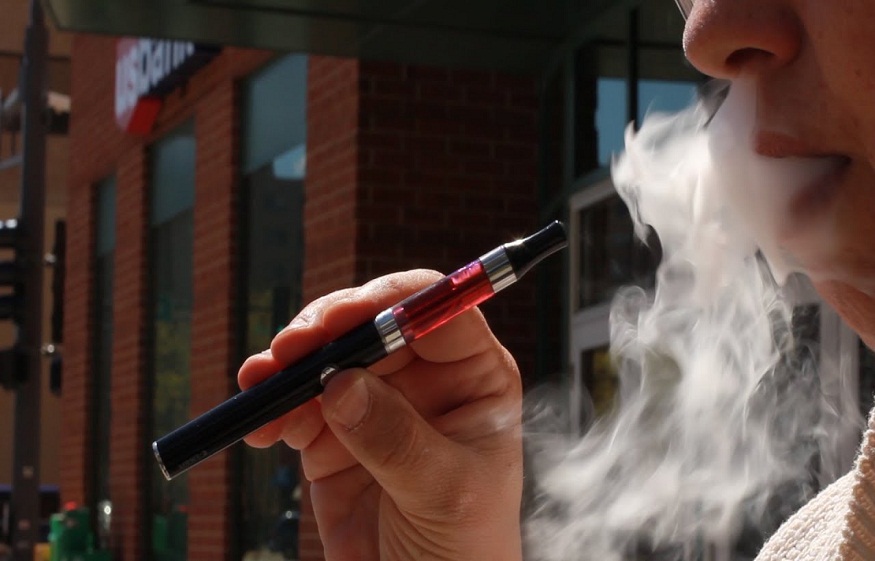Canada imposes elevated taxes on cigarettes, which leads to their expensive cost. However, native cigarettes sold by Indigenous-owned businesses cost significantly less than commercial tobacco brands in Canada. Native cigarettes in Canada maintain lower prices than standard tobacco products due to multiple legal and economic elements rooted in historical aspects. Let us discuss them below.
Tax exemptions on Indigenous land
The main reason Native cigarettes Canada remain affordable is their tax exemption status across Indigenous reserves. First Nations residences located on reserves enjoy tax benefits, which exclude them from paying selected federal and provincial taxes. Native reserve tobacco retailers can sell their products free from the heavy taxation fees that standard cigarette brands must pay.
Canada ranks as one of the countries that impose the highest tobacco taxes globally. The combination of provincial and federal taxes places more than five dollars extra on single-pack prices throughout Canada. The lack of tax obligations for Native cigarette vendors enables their products to remain substantially less expensive than products sold by other vendors.
No provincial or federal markups
Traditional cigarette manufacturers face additional costs from sales taxes, government-sanctioned markups, and regulatory fees. On the contrary, native tobacco companies escape costs applied to other vendors through their independent operations, which they use to offer consumers reduced prices.
Indigenous sovereignty and economic self-sufficiency
Tobacco is an economic development tool that First Nations communities use for their financial growth. The establishments of Indigenous tobacco businesses produce employment opportunities and earnings for Native communities facing reduced employment zones. Businesses that maintain affordable cigarette prices become popular with customers, enabling them to expand their market share and improve community profitability.
Many Indigenous people view their tobacco trade activities as a means to demonstrate their self-rule. They maintain their right to produce tobacco products and sell them independently from provincial and federal oversight. Multiple native entrepreneurs have launched competitive cigarette brands that offer premium products at significantly cheaper rates than big tobacco companies.
Direct sales and lower distribution costs
Traditional Native cigarettes find their primary markets through direct sales from reservation grounds and Native business-run internet platforms. The absence of distribution networks and middleman expenses produces a lower-end cost compared to commercial cigarettes.
Traditional cigarette manufacturers spend heavily on advertising, but Native cigarette brands rely on community endorsement and person-to-person advertising through social networks.
Differences in production costs
Native cigarette manufacturers operate smaller production facilities than multinationals do which enables them to offer lower prices than commercial tobacco companies. Some people equate reduced pricing with diminished quality, yet Indigenous-run factories maintain rigorous standards to deliver high-quality products that meet safety requirements.
Last thoughts
Native cigarettes in Canada maintain lower prices as a result of tax-free status, economical manufacturing operations, and native control over commercial activities. The businesses allow Indigenous communities to gain economic benefits while giving customers an affordable choice compared to commercial brands that face heavy taxation regulations. Despite debates about regulation, Native cigarette sales maintain their importance for First Nations economies to evolve. They enable these communities to use their rights to achieve economic self-sufficiency.

